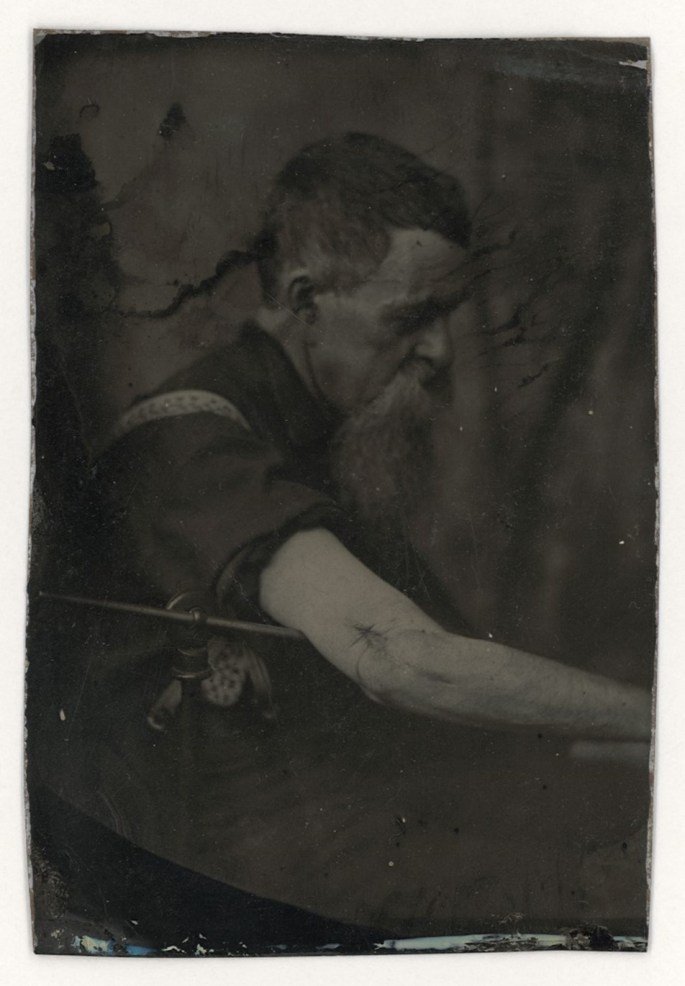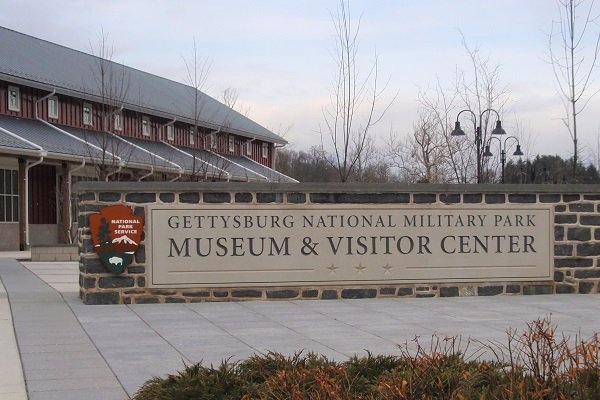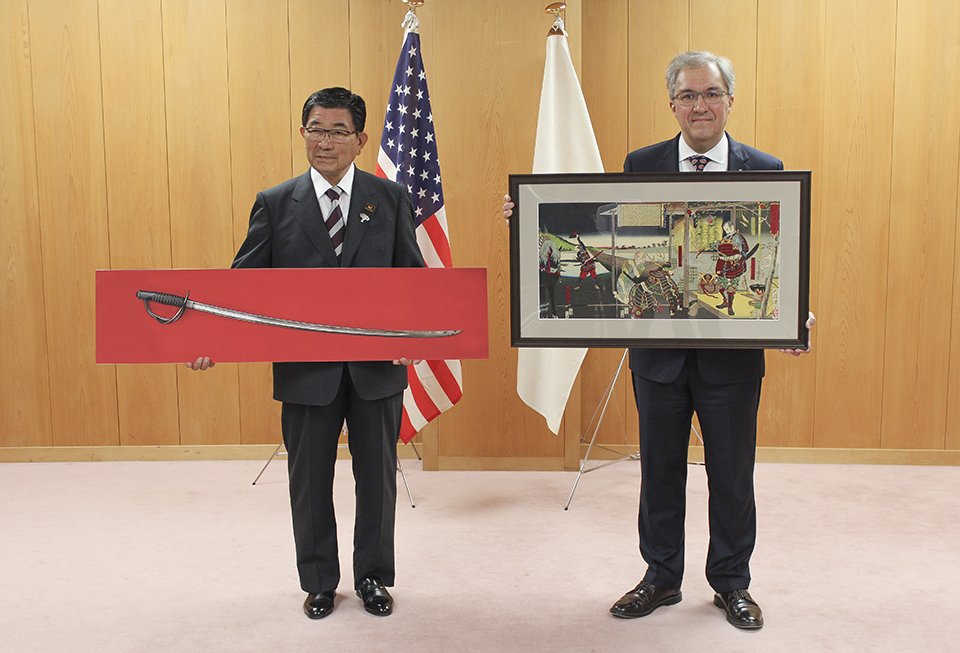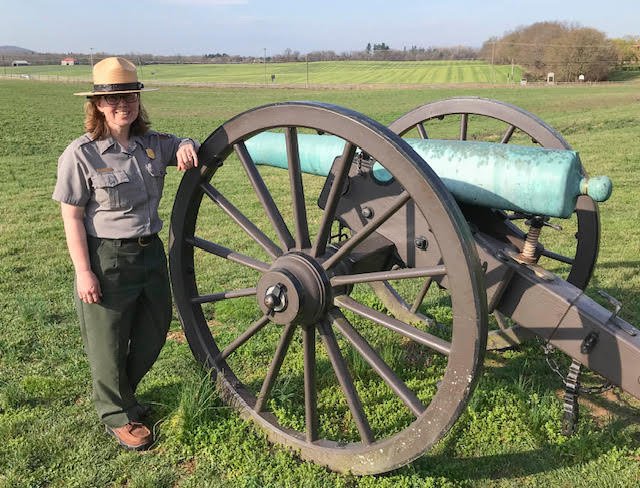Gettysburg Heritage Center announces:
Special Remembrance Weekend Symposium
Presented by the General Meade Society of Philadelphia
Friday, November 19
4:00pm - 6:00pm
$20/person
(tickets sales now available online, or purchased at the door until sold out)
BUY TICKETS
Event Details &
Schedule of Speakers:
Each presenter will speak for approximately 30 minutes, and the evening will conclude with a panel discussion and Q&A opportunity.
Author/Historian Tom Huntington: It Takes an Army: Meade's Subordinates at Gettysburg
George Meade obviously did not fight the Battle of Gettysburg alone. He relied on the ordinary soldiers of the Army of the Potomac, as well as many subordinate officers. Some of those officers served him capably. Some not so much. I will take a quick look at some of the officers who served with Meade at the battle--people like Gouverneur Warren, Alfred Pleasonton, and Henry Hunt--and examine their lives and their contributions to the victory.
Tom Huntington is the author of Searching for George Gordon Meade: The Forgotten Victor of Gettysburg, Maine Roads to Gettysburg, Guide to Gettysburg Battlefield Monuments, Pennsylvania Civil War Trails, and Ben Franklin’s Philadelphia. His latest book is Maine at 200: An Anecdotal History Celebrating Two Centuries of Statehood, which Down East Books published in 2020. Huntington is also the former editor of American History and Historic Traveler magazines, and his writing has appeared in many publications, including Civil War Times, America’s Civil War, Smithsonian, Air & Space, American Heritage, and Yankee. Although born and bred in Augusta, Maine, he now lives in Camp Hill, Pennsylvania.
SHOP TOM'S BOOKS
Bob Hanrahan, Jr.: portraying Union Major General John Gibbon
Major General John Gibbon was a career military man, and one one of the most successful commanders of the Federal Army. Taking on the role of General Gibbon, Bob will offer first-person insight to the events that took place during the course of the Battle of Gettysburg. Gibbon found himself in the center of Lee's attack on July 3rd, fortunately, he had prepared his defensive line well and able to turn Pickett's Charge with only a few soldiers breaking the union line.
Bob Hanrahan, Jr., is one of the the founding members of the Confederation of Union Generals, and has a long history with the Philadelphia civic and business community. Currently a retired consultant in the information technology field, Bob received his undergraduate degree from La Salle University. Bob is an active participant and member of the United States Naval Institute, including the Arleigh Burke Society & Commodore's Club. Other interest & include President of G.A.R. Sons of the Union Veterans Camp 299, the Heritage Foundation: Washington, D.C., Presidents Council Member; Gettysburg Battlefield Preservation Association, Board Member, and many more organization.
Mark Leonard: portraying Union Cavalry Commander General John Buford
Mark will offer a first-hand account of General John Buford and his actions at the Battle of Gettysburg. General Buford is credited with selecting the field of battle at Gettysburg. When arriving on June 30th, Buford discovered a large rebel force was in the area and he quickly understood the need to secure the high ground south of town. His skillful deployments west and north of town effectively delayed the Confederate troops and allowed the bulk of the Union army to occupy Cemetery Hill and Cemetery Ridge on the first day.
Mark Leonard, is a lifetime resident of the Holstein, Iowa area, and a graduate of Iowa State University in Animal Science, with additional studies in genetics. He is a rancher by nature and a banker professionally. His interest in the American Civil War began at an early age when he was given a set of Marx toy Civil War soldiers as a Christmas present at age 6. With a lifetime of study and admiration for the men who fought for a cause they believed in - on both sides of the conflict - he joined the Confederation of Union Generals to share his admiration with others.
Anthony (Andy) Waskie, Ph.D.: portraying Union Army Commander Major General George G. Meade
Dr. Anthony Waskie, president of the General Meade Society, will present a first-person account of General George Meade as the commanding officer of the Army of the Potomac during the Battle of Gettysburg. Although General Meade was still new to the command of the Union army, during the Battle of Gettysburg he was able to both hold off Lee's attacks, and finally devastate the Confederate army on the third day of fighting.
Dr. Anthony Waskie was born in Bloomsburg, Pennsylvania, and pursued a Languages/History major at Bloomsburg University. He studied abroad at Salzburg, Austria, and pursued graduate study in Germany; and received a scholarship to study Slavic Languages at Charles University, Prague. He received an M.A. and Ph.D. degree from New York University. Dr. Waskie, now retired, was a professor of Languages and History at Temple University. He is a co-founder of the “Civil War & Emancipation Studies” at Temple. As a Civil War historian, author and researcher he specializes in the life and career of Gen. George G. Meade. Dr. Waskie serves as president of the General Meade Society of Philadelphia, and as a Board member of a number of history related institutions.
The event will be held in the Gettysburg Heritage Conference Room, located at 297 Steinwehr Avenue, Gettysburg, PA 17325.
Tickets are available online, or by calling 717-334-6245.
Any remaining tickets will be sold at the door.










